African Velvet Tamarind (Dialium guineense)
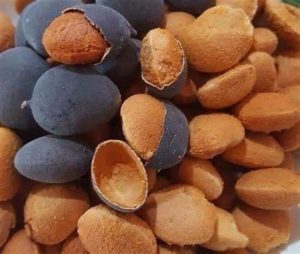
The velvet tamarind can be found in West African countries such as Benin where it is called “Assiswè”, Ghana where it is known as Yoyi, Sierra Leone where it is known as “black tombla”, Senegal, Guinea-Bissau where because of its texture is called “Veludo”, Portuguese for velvet, and Nigeria where it is known as awin or igbaru in Yoruba, icheku in Igbo and tsamiyar biri in Hausa.
Health Benefits of The African Velvet Tamarind (Dialium guineense)
African Velvet Tamarind, scientifically known as Dialium Guineense, is a fruit popularly consumed in West African countries. It’s known for its versatility as its stem, bark, and seed are used for culinary, medicinal, and traditional purposes. Here are some of the health benefits of African Velvet Tamarind:
- Treats Gastric Ulcer: The leaf extract of velvet tamarind contains potent anti-ulcer properties and Phytonutrients, proven to be very effective in treating stomach ulcers.
- Cures Malaria: The leaf extract of this fruit exhibits antiplasmodial effects, which helps in delaying the growth of Plasmodium falciparum, the major cause of malaria.
- Rich in Essential Minerals and Vitamins: Velvet tamarind is an excellent source of essential minerals like potassium, copper, calcium, iron, selenium, zinc, and magnesium. It also contains vitamins such as ascorbic acid, B- carotene and tocopherol.
- Antioxidant Properties: The methanolic leaf extract of Dialium guineense has dose-dependent free radical scavenging action.
- Dietary Fiber: The pulp contains dietary fibre, which helps to improve bowel movement and protect the colon against cancer
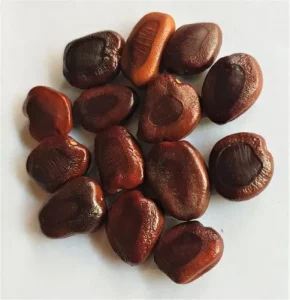
The Chemical Properties of African Velvet Tamarind (Dialium guineense)
Here are some of the key chemical properties:
- Proximate Composition: The fruit pulp of Velvet Tamarind is composed of protein (9.4%), carbohydrate (75%), crude fat (5.2%), crude fibre (4.6%), and ash content (2.4%) at 19% moisture content.
- Mineral Composition: The pulp contains essential minerals such as sodium (3.2 g/kg), magnesium (2.9 g/kg), phosphorus (0.5 g/kg), calcium (0.5 g/kg), iron (0.1 g/kg), and vitamin C (0.3 g/kg) at a pH of 3.9.
- Phytochemicals: The plant is endowed with beneficial phytochemicals such as alkaloids, tannins, phenols, flavonoids which may serve as natural alternatives to in-feed antibiotics.
- Essential Oils: D. guineense stem bark and fruit are excellent sources of essential oils.
- Antioxidant Properties: The fruit has a distinctly sour taste from its tartaric acid content, which gives tamarind its unique flavour and offers powerful antioxidant properties.
- Oral Health: Velvet tamarind contains saponin and other chemical compounds which are very effective in boosting oral health
How to Use African Velvet Tamarind (Dialium guineense) to treat various illness
African Velvet Tamarind (Dialium guineense) has traditionally been used to treat different illnesses. Here are some of the ways it can be used:
- Treating Malaria: The leaf extract of African Velvet Tamarind inhibits the growth of Plasmodium falciparum, which causes malaria. A concoction of the leaf can be taken to cure malaria.
- Treating Gastric Ulcer: The leaf extract of velvet tamarind can increase gastric mucus secretion which helps ease gastric ulcer. It contains phytochemicals like flavonoids, alkaloids, tannins, and saponins, all of which are capable of improving mucus secretion and thus reducing ulcer index by a significant margin while also protecting the colon from the cancer cell.
- Preventing Hypertension: The leaves of the velvet tamarind plant are highly diuretic, which helps in reducing the risk of hypertension. Regular consumption of the fruit, which contains essential vitamins and minerals, has been linked to lower cholesterol levels, reducing the risk of stroke and other cardiovascular diseases.
- Boosting Oral Health: The stem of the velvet tamarind plant contains saponin, which acts as a natural cleaning agent for the teeth.
- Anti-Inflammatory: Black Velvet Tamarind is rich in vitamin C, which helps fight against microbial infections and reduce inflammation in the bronchial tubes
The Side Effect of the African Velvet Tamarind Plant
While Velvet Tamarind (Dialium guineense) is generally safe to consume, it’s important to be aware of potential side effects:
- Interference with Medications: Tamarind might interfere with certain medications such as aspirin and ibuprofen, increasing their absorption in the body and potentially leading to an increase in the chance of side effects. It might also lower blood sugar levels, which could interfere with diabetes medications.
- Digestive Issues: In some cases, tamarind might worsen digestive issues.
- Surgery: Tamarind seed might lower blood sugar levels. This might interfere with blood sugar control during and after surgery. It’s recommended to stop using tamarind at least 2 weeks before a scheduled surgery.
- Pregnancy and Breastfeeding: There isn’t enough reliable information to know if tamarind is safe to use when pregnant or breastfeeding. It’s recommended to stick to food amounts.
Remember, while natural remedies can be beneficial, it’s always important to consult with a healthcare provider before starting any new treatment regimen. Also, the effectiveness of these treatments can vary from person to person, and they may not be a substitute for professional medical advice or treatment.
Reference
Health benefits of African velvet tamarind
Side effects of Velvet Tamarine plant
How to Use African Velvet Tamarind (Dialium guineense)
Chemical Properties of the African Velvet Tamarind

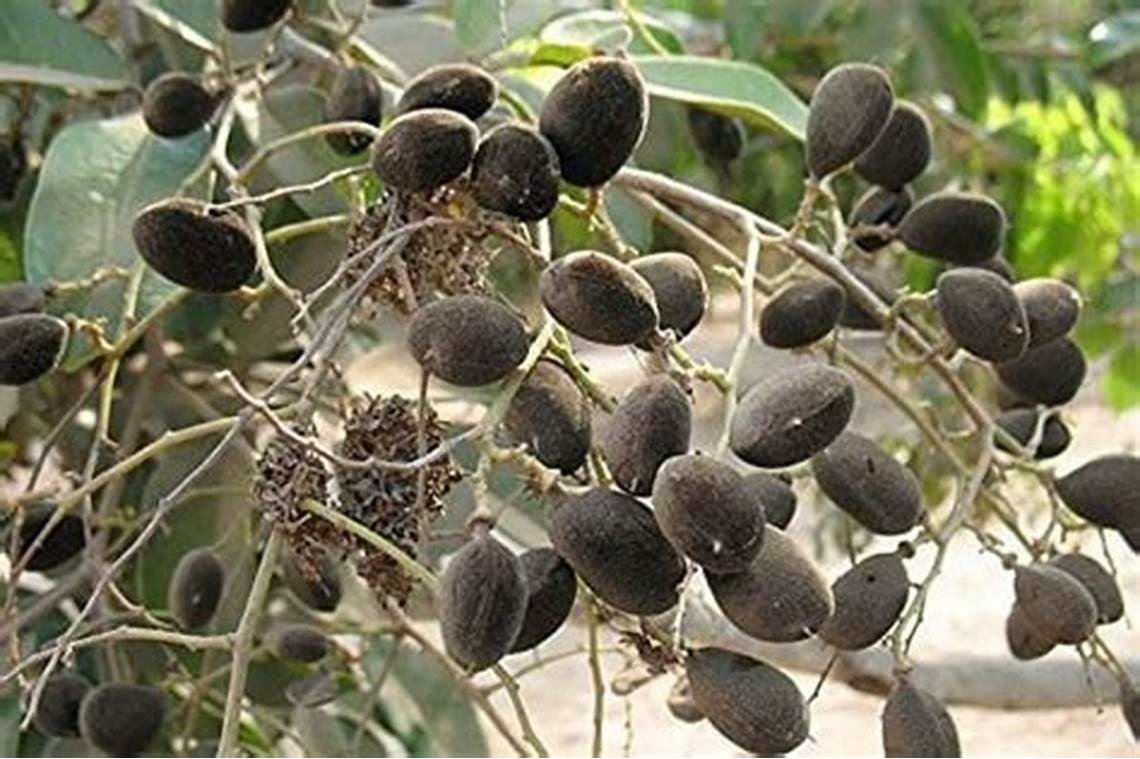
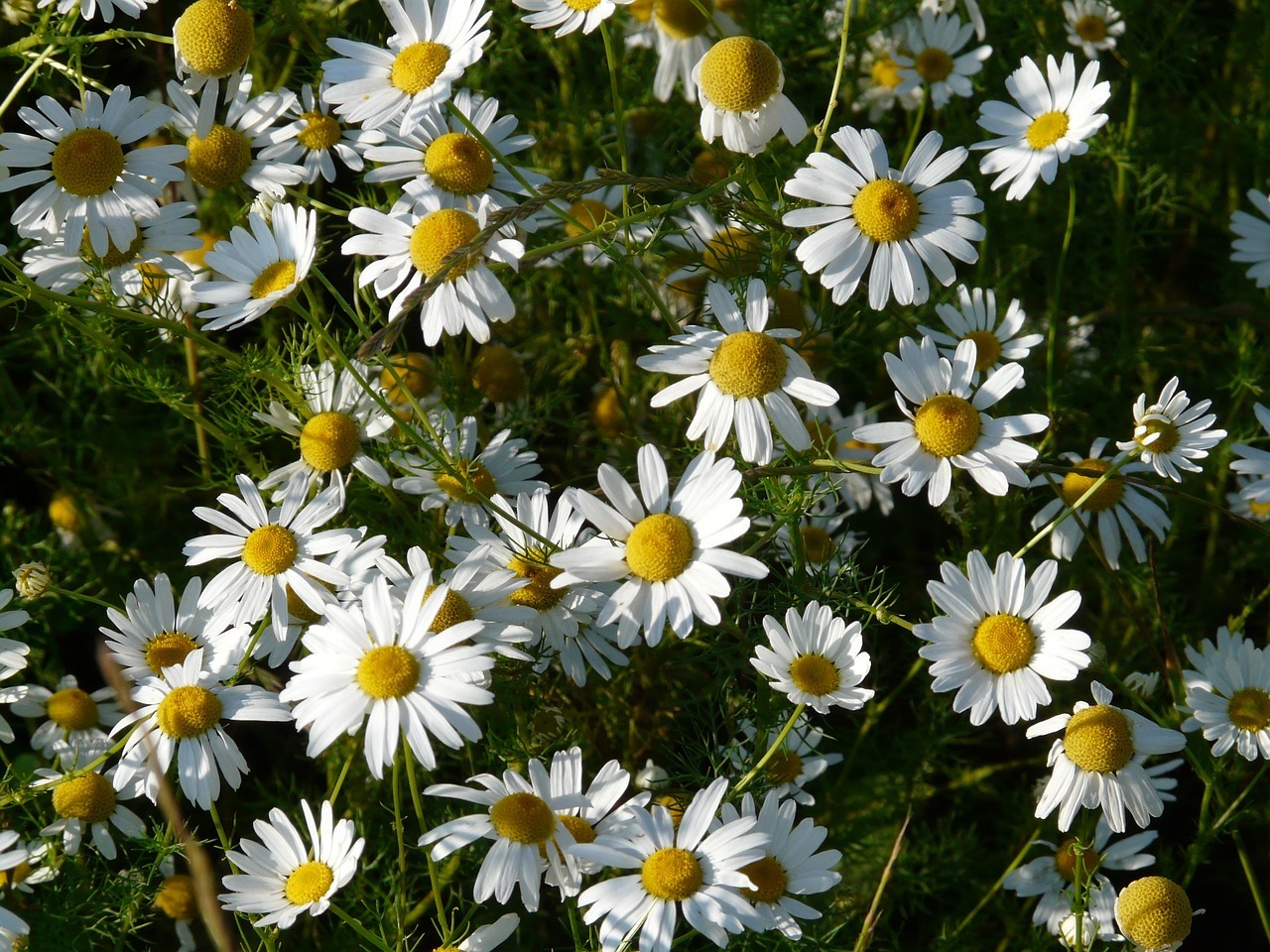
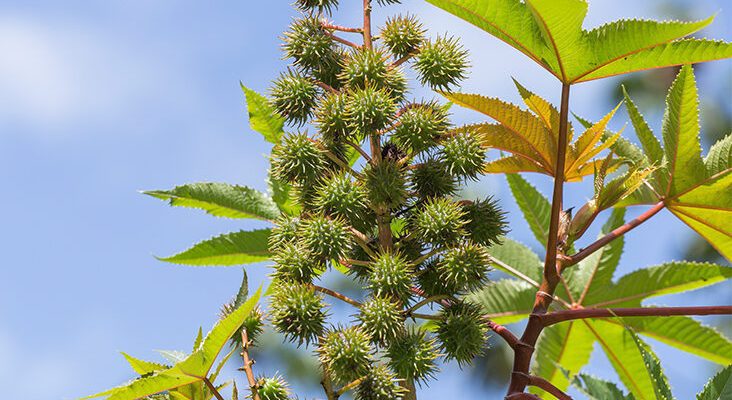
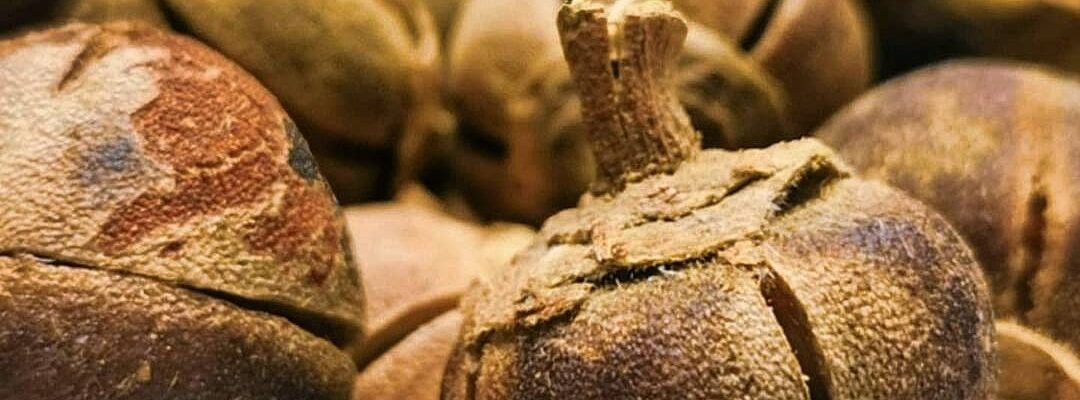
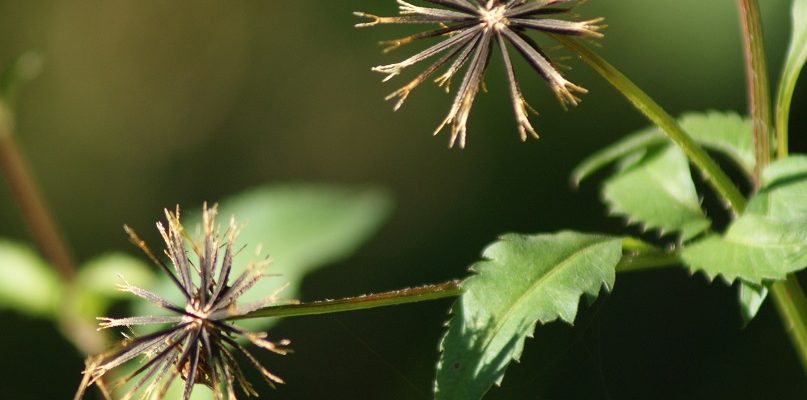

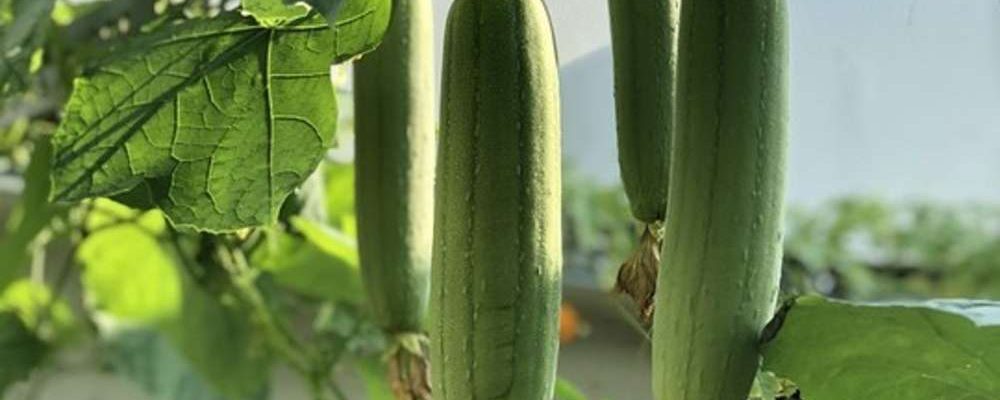

Review African Velvet Tamarind (Dialium guineense).
You must be logged in to post a review.